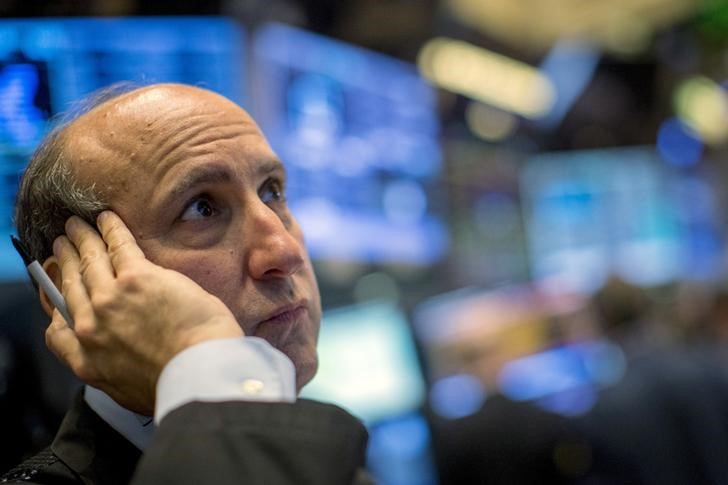 © Reuters. Russia’s bad asset bank Trust needs extra $6 billion
© Reuters. Russia’s bad asset bank Trust needs extra $6 billionBy Tatiana Voronova
MOSCOW (Reuters) – Russia’s Trust Bank, set up to take over bad assets from lenders rescued by the state, needs to add more than $6 billion to its reserves to meet the central bank’s requirements, Trust’s earning report showed.
The report, which Reuters confirmed with the bank itself and banking sector analysts, showed the central bank examined Trust Bank’s assets and provisions in the second half of 2018.
The central bank ruled that Trust Bank needs to top up its reserves with 400 billion rubles ($6.13 billion), according to figures in the Trust Bank earnings report published in late April.
Trust Bank’s spokeswoman said the bank had in advance expected to need in 400 billion rubles to top up reserves.
Trust’s negative capital, or by how much its liabilities exceed assets, has exceeded 1.28 trillion rubles as of May 1 and is now set to rise further after Trust sets aside the extra funds for its reserves.
Trust has no plans to ask the central bank, which bailed it out in 2017, for additional funds, the bank’s spokeswoman said.
The central bank, which typically does not comment on banks that are still operating, did not reply to a Reuters request for comment.
The central bank launched its banking sector clean-up program in 2013 and has so far spent up to $50 billion on saving major banks in the past few years, while shutting down dozens of their smaller rivals.
The central bank had hoped to recover around 20% of the value of assets that were transferred to Trust Bank, also known as the bad bank, from lenders that the regulator had bailed out, including Otkritie and B&N.
These assets included a wide range of items, from non-performing loans to collateral against real estate, and from stakes in oil companies to shopping malls.
Fusion Media or anyone involved with Fusion Media will not accept any liability for loss or damage as a result of reliance on the information including data, quotes, charts and buy/sell signals contained within this website. Please be fully informed regarding the risks and costs associated with trading the financial markets, it is one of the riskiest investment forms possible.

